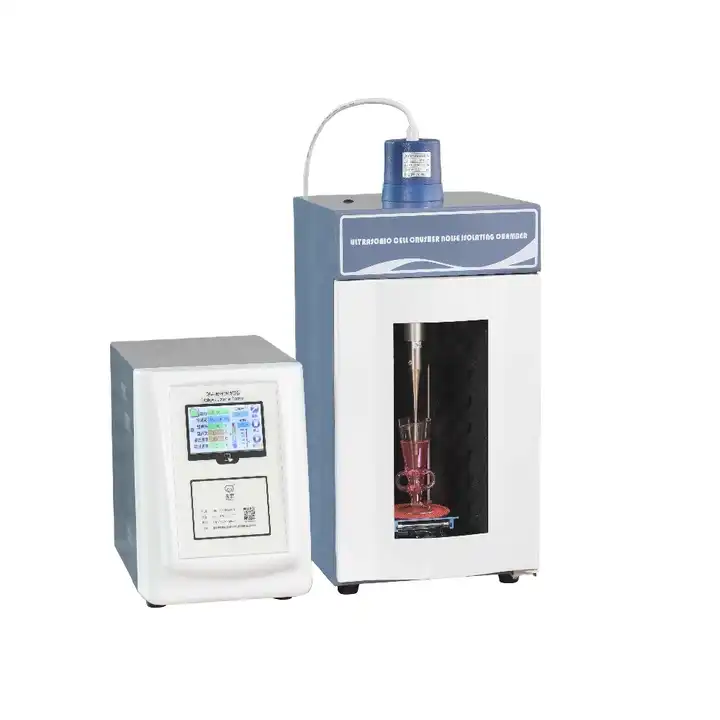Ultrasonic probe sonicators, also known as an ultrasonic homogenizer or ultrasonic processor, is a device that uses ultrasonic waves to disrupt and disperse particles in a liquid medium. It is commonly used in laboratories and research settings for sample preparation, cell disruption, and particle size reduction applications.
The basic components of a sonicator typically include a power supply, a transducer, and a probe (also called a horn or a tip). The transducer converts electrical energy from the power supply into high-frequency mechanical vibrations, typically in the range of 20 kHz to 25 kHz Automatic Tracking. These vibrations are then amplified and transmitted through the probe.
When the probe comes into contact with a liquid sample, the ultrasonic waves generate cavitation bubbles, similar to what happens in ultrasonication. The collapse of these cavitation bubbles creates localized high temperatures, pressures, and shear forces that disrupt particles and cells, leading to various effects like homogenization, lysis, and dispersion.
Sonicators are used in various scientific applications of sonication include:
1. Cell Disruption
2. Sample Preparation
3. Particle Size Reduction
4. Extraction
5. Degassing
6. Sonochemistry



